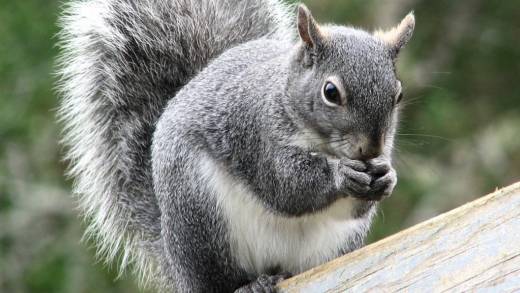And now: the latest in Bay Area squirrel headlines. Squirrel causes power outage at San Jose State University. Also, Squirrel nearly burns down Menlo Park home. Do you notice a pattern?
It can be incendiary news when squirrels do dramatic damage to human property. The attack on San Jose State last Wednesday shut down that campus for a day.
Should we be afraid of killer squirrels on the loose in the San Francisco Bay Area? No, says Captain Daniel Vega, Public Information Officer for the San Jose Fire Department.
Captain Vega assures us that squirrels aren’t trying to incinerate humans. In fact, it typically goes the other way 'round, with the little critters electrocuted after one bite. "But that is a fire concern, too. If the animal were to actually catch on fire, then wherever their body lay, there would be a fire risk," Vega says.
So why do squirrels chew through power cables? Animal behaviorists say rodents in general are always looking for new food sources or nesting material — and squirrels in particular often look for those goodies in and around trees. Which tend to be near -- you guessed it -- power lines.

